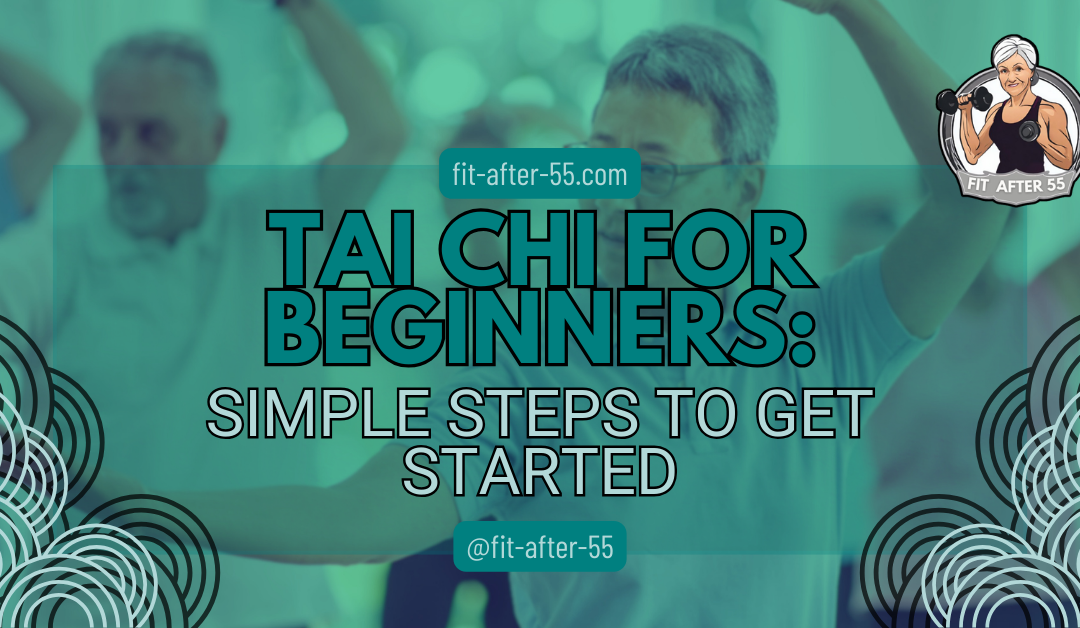Tai Chi for beginners can be a gentle and effective way to improve your health and well-being. Having personally tried Tai Chi, I’ve found it to be a valuable practice, especially as a senior. Whether you’re a seasoned athlete or just starting your fitness journey, Tai Chi offers a low-impact way to improve your balance, flexibility, and overall health. Let’s dive into the basics and explore why this ancient practice is gaining popularity among people of all ages.
Tai Chi for Beginners: Simple Steps to Get Started – Your Friendly Guide to Inner Peace
Tai Chi offers a gentle path to better health and well-being. This ancient Chinese practice combines slow, flowing movements with deep breathing and meditation. It’s perfect for people of all ages and fitness levels.
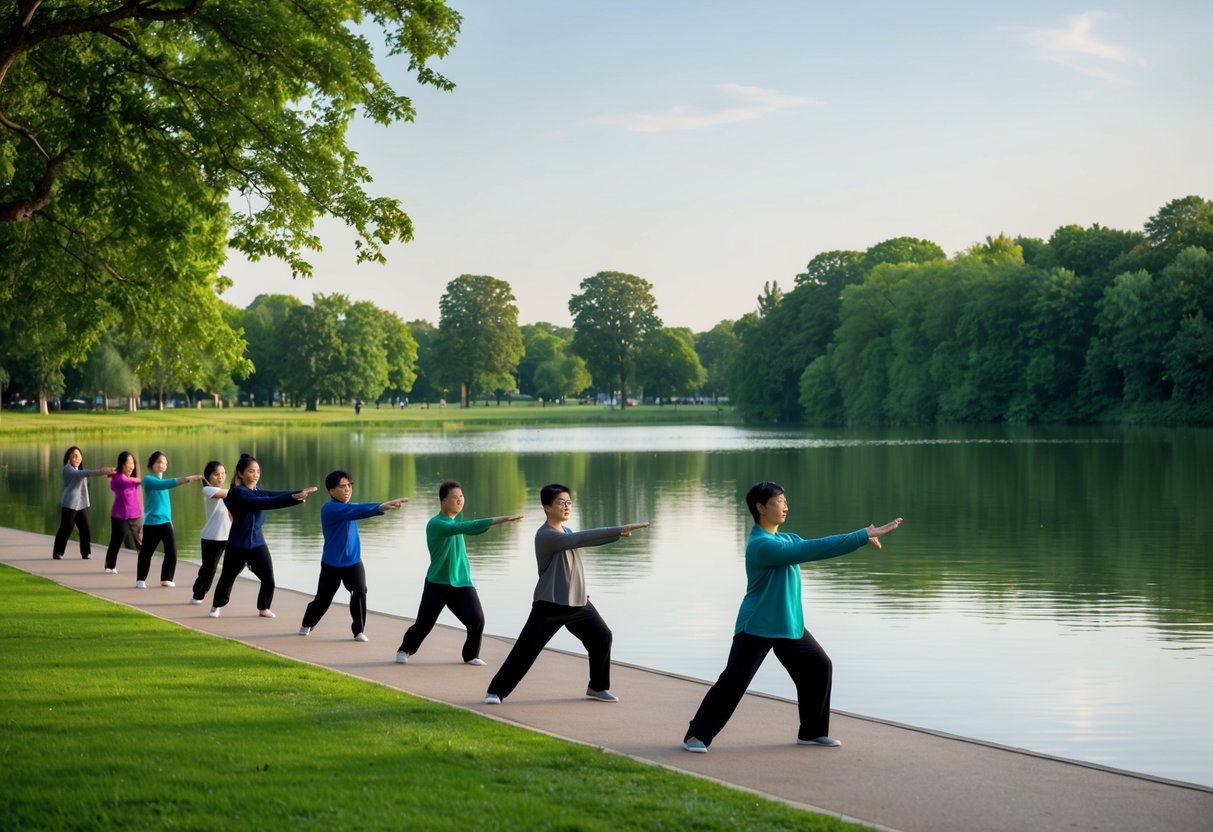
Starting Tai Chi is easy and can be done in just a few minutes a day. You don’t need special equipment or a lot of space. Many beginners find Tai Chi relaxing and enjoyable right from the start. The smooth, graceful motions help improve balance and reduce stress.
Learning Tai Chi can seem tricky at first, but don’t worry. With practice, you’ll get the hang of it. Start with basic moves and build up slowly. Remember, Tai Chi is about moving mindfully, not perfectly. The goal is to feel good and have fun while you learn.
Key Takeaways
- Tai Chi is a gentle exercise suitable for all ages and fitness levels
- You can start practicing Tai Chi with just a few simple moves for 5 minutes daily
- Regular practice can improve your balance, reduce stress, and boost overall well-being

Understanding Tai Chi
Tai Chi blends gentle movements with deep breathing and meditation. It has roots in ancient Chinese philosophy and offers many benefits for your body and mind.
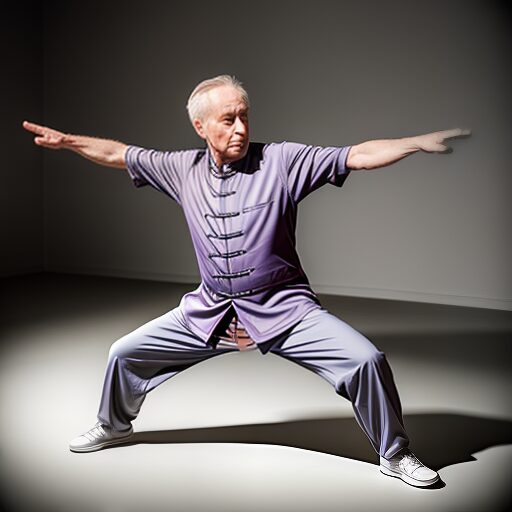
The Philosophy Behind Tai Chi
Tai Chi is based on the concept of chi, or life energy. It aims to balance yin and yang forces in your body. These opposing forces need to work together for good health.
Tai Chi movements help chi flow freely through your body. This is thought to improve your overall well-being. The practice also draws from Taoist and Buddhist ideas.
You focus on being present and aware during Tai Chi. This helps calm your mind and reduce stress. The slow, flowing moves teach you to be patient and mindful.
Tai Chi as a Martial Art
Tai Chi is a form of self-defense. It uses an opponent’s force against them instead of meeting force with force. You learn to redirect energy and stay balanced.
Key moves include:
- Shifting weight
- Circular motions
- Soft blocks
These help you stay centered and avoid attacks. With practice, you can use Tai Chi for protection. But it takes time to master the martial side.
Many people do Tai Chi just for health. But knowing its roots as a martial art can deepen your practice.
Health Benefits of Tai Chi
Tai Chi can boost your health in many ways. It’s gentle enough for most people but still gives you a good workout.
Physical benefits:
- Better balance
- More flexibility
- Stronger muscles
- Improved circulation
Mental benefits:
- Less stress
- Better sleep
- Sharper focus
- Lifted mood
Tai Chi may also help with health issues. It can ease arthritis pain and lower blood pressure. Some find it helps with fibromyalgia symptoms too.
Regular practice can boost your overall well-being. It’s a great way to care for your body and mind as you age.
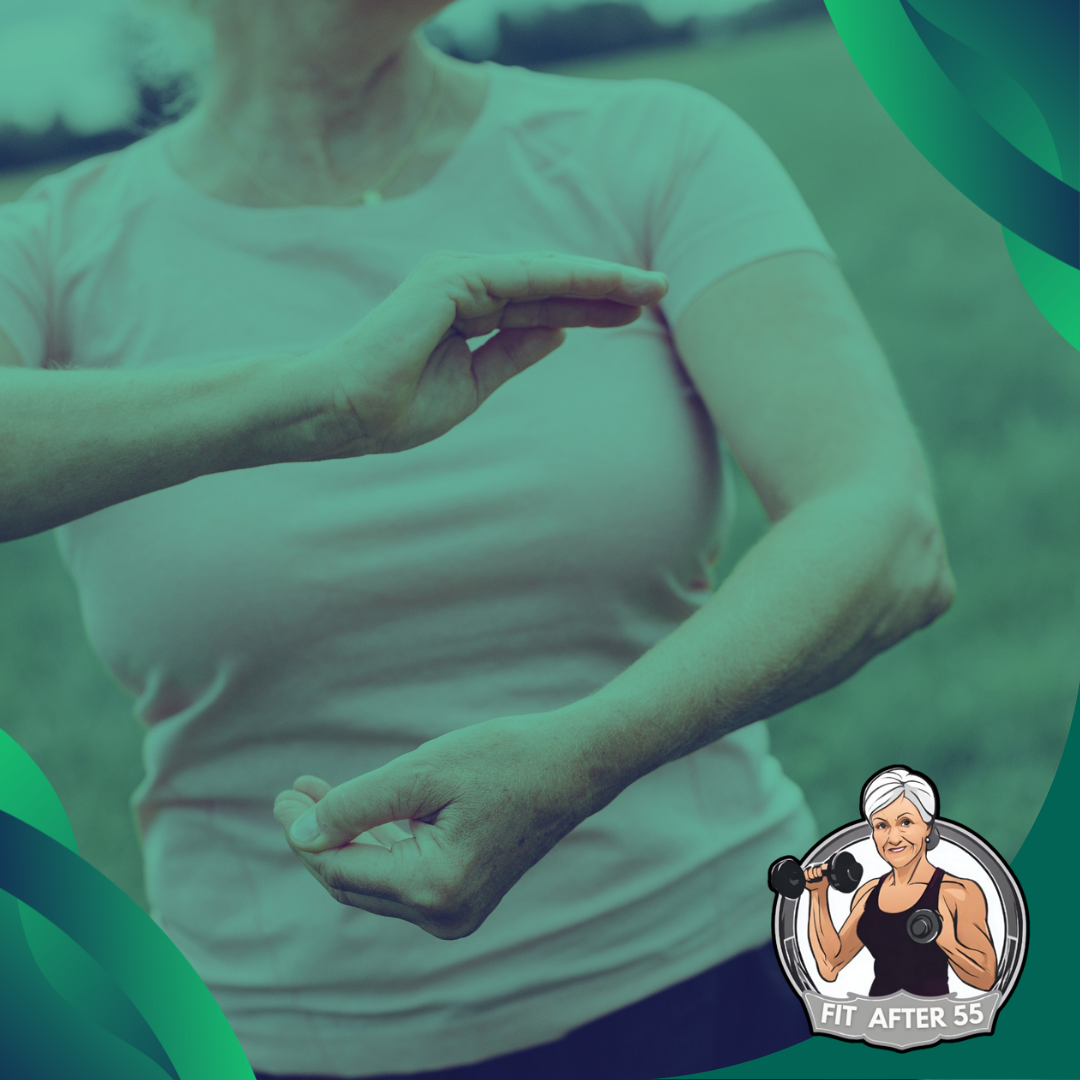
Getting Started with Tai Chi
Tai Chi is a gentle exercise that can improve your health and well-being. You can start your Tai Chi journey with a few simple steps. Let’s explore how to find a teacher, what to wear, and how to set goals.
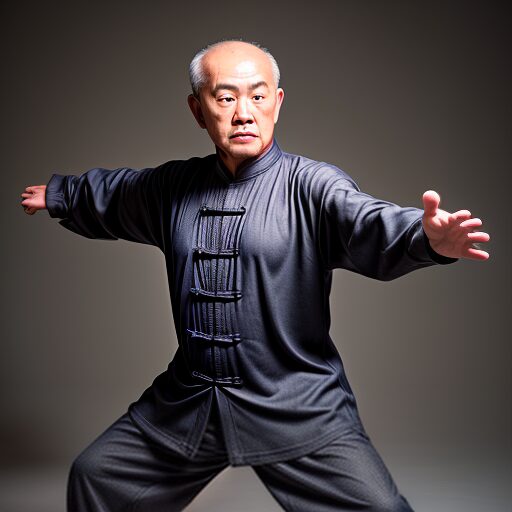
Finding the Right Instructor
Qualified instructors are key to learning Tai Chi. Look for local Tai Chi classes at gyms, community centers, or parks. Ask about the teacher’s training and experience.
Try a few different classes to find one that fits your style. A good instructor will be patient and explain moves clearly. They should also adjust the pace for beginners.
Don’t be shy to ask questions. A friendly teacher will be happy to help you learn.
Essential Equipment and Clothing
You don’t need much to start Tai Chi. Comfortable clothing is the most important thing. Choose loose-fitting pants and a t-shirt or sweatshirt.
Wear flat, flexible shoes with good grip. Some people prefer to practice barefoot.
You might want to bring:
- A water bottle
- A small towel
- A yoga mat (if practicing outdoors)
Remember, Tai Chi is about feeling relaxed. Wear what makes you feel at ease.
Setting Goals and Expectations
Set small, achievable goals when starting Tai Chi. This will help you stay motivated. For example, aim to:
- Learn one new move each week
- Practice for 10 minutes daily
- Attend class twice a week
Be patient with yourself. Tai Chi takes time to learn. Focus on enjoying the process rather than mastering moves quickly.
Track your progress. Note how you feel after each practice. You might notice better balance, less stress, or more energy.
Basic Principles and Techniques
Tai Chi is built on a few key ideas. These help you move better and feel calm. Let’s look at the main parts that make Tai Chi work.

Understanding Posture and Alignment
Good posture is key in Tai Chi. Stand with your feet shoulder-width apart. Keep your knees slightly bent. This helps you stay balanced.
Your spine should be straight but not stiff. Imagine a string pulling the top of your head up. This lifts your chest and opens your shoulders.
Try to keep your body weight evenly spread between both feet. This helps you stay stable as you move. Keep your arms relaxed at your sides.
Breathing Techniques
Breathing right is a big part of Tai Chi. Take slow, deep breaths. Breathe in through your nose and out through your mouth.
Try to breathe from your belly, not just your chest. Put a hand on your stomach. You should feel it rise as you breathe in.
Match your breathing to your moves. Breathe in as you raise your arms. Breathe out as you lower them. This helps you stay focused and calm.
The Importance of Relaxation and Mindfulness
Relaxing is key in Tai Chi. Let go of any tension in your body. Start with your toes and work up to your head.
Focus on how your body feels as you move. Notice each part of your body. This is called mindfulness.
Try not to let your mind wander. If it does, just bring it back to your breathing. This helps you stay in the moment.
Tai Chi is about linking your mind and body. As you practice, you’ll feel more calm and aware. This can help you feel better in daily life too.
Learning Tai Chi Forms

Tai Chi forms are sequences of gentle, flowing movements that form the core of your practice. They help you develop balance, flexibility, and inner calm. You’ll start with basic moves and gradually build up to more complex sequences.
Short Form vs. Long Form
Tai Chi forms come in different lengths. Short forms are great for beginners. They usually have 24 to 48 movements and take about 5-10 minutes to complete.
Long forms can have over 100 movements and may take 20-30 minutes. They offer a deeper practice but require more time to learn and perform.
As a beginner, you might want to start with a short form. It’s easier to remember and practice regularly. You can always move on to longer forms as you gain experience.
Key Movements and Stances
Tai Chi forms are made up of several key movements and stances. Here are some you’ll often encounter:
- Horse Stance: A wide, stable stance that strengthens your legs
- Cloud Hands: Gentle arm movements that resemble parting clouds
- Single Whip: A pose with one arm extended, like cracking a whip
These basic Tai Chi moves form the building blocks of your practice. Focus on learning them well. Pay attention to your posture and breathing as you perform each move.
Practicing with Consistency
Regular practice is key to mastering Tai Chi forms. Try to practice a little bit every day, even if it’s just for 5-10 minutes.
You can follow along with video guides to help you learn the moves. But don’t worry about perfection at first. Just focus on moving smoothly and staying relaxed.
As you practice, you’ll notice improvements in your balance and coordination. Your movements will become more fluid and natural over time.
Integrating Tai Chi into Daily Life

Tai Chi can become a natural part of your routine. It offers many benefits for your mind and body that you can enjoy throughout the day.
Meditation in Motion
Tai Chi is often called meditation in motion. As you practice, focus on your breath and movements. This helps calm your mind and improve focus. You can do Tai Chi anywhere, even at your desk or while waiting in line.
Try this simple exercise:
- Stand with feet hip-width apart
- Slowly raise your arms
- Breathe in as you lift
- Lower your arms and breathe out
- Repeat 5-10 times
This easy move can help you relax and refocus during busy days.
Tai Chi for Stress Relief and Mental Health
Tai Chi is great for reducing stress. The slow, flowing movements help you relax and let go of tension. You can use Tai Chi to manage anxiety and improve your mood.
When you feel stressed:
- Find a quiet spot
- Take a few deep breaths
- Do some gentle Tai Chi moves for 5-10 minutes
Regular practice can boost your mental well-being. It may help you feel calmer and more balanced in your daily life.

Physical and Emotional Well-Being
Tai Chi offers many health benefits. It can improve your balance, flexibility, and strength. The gentle movements are easy on your joints, making it great for all ages.
Tai Chi can also:
- Boost your energy
- Improve sleep quality
- Enhance coordination
As you practice, pay attention to how you feel. Notice any changes in your body and mood. Many people find that Tai Chi helps them feel more connected to themselves and others.
Moving Forward: Advancing Your Practice
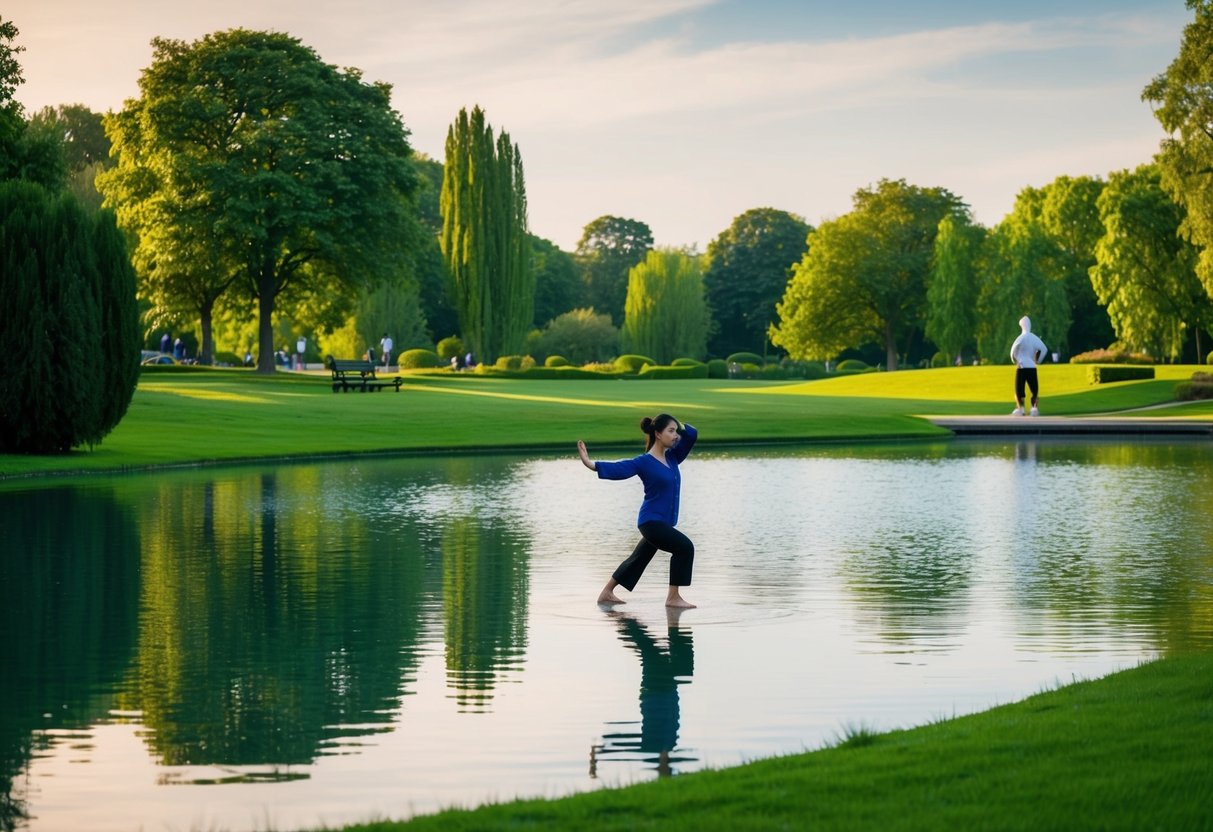
As you progress in Tai Chi, you’ll discover new depths to this ancient practice. Your skills will grow, your body will benefit, and you’ll connect with others who share your passion.
Exploring Different Styles
You might start with Yang style Tai Chi, but there’s a world of styles to explore. Each has its own flavor and focus. Try Chen style for more explosive movements. Wu style offers smaller, more compact motions.
Experiment with different forms:
- Short forms (8-16 moves)
- Long forms (108 moves)
- Weapons forms (sword, fan, etc.)
As you branch out, you’ll improve your range of motion and discover new ways to challenge yourself. Remember, it’s not about mastering every style, but finding what resonates with you.
Benefits of Regular and Long-Term Practice
Sticking with Tai Chi pays off big time. Your body will thank you as you build strength, flexibility, and balance.
Older adults often see huge gains in these areas.
Long-term benefits include:
- Better heart health
- Stronger bones
- A sharper mind
- Reduced stress
Regular practice can even help manage chronic conditions like arthritis.
You’ll notice improvements in your focus and how you handle daily stress. Tai Chi isn’t just exercise – it’s a tool for lifelong wellness.
Connecting with the Tai Chi Community
You’re not alone on this journey. The Tai Chi community is welcoming and full of wisdom.
Look for local classes or join online forums to connect with fellow practitioners.
Ways to engage:
- Attend workshops
- Participate in group practices in parks
- Join Tai Chi retreats
Sharing your Tai Chi experience with others can deepen your understanding.
You’ll pick up tips, make friends, and stay motivated. Plus, group energy can take your practice to new levels. Don’t be shy – the Tai Chi community is waiting to welcome you!
Tai Chi for Beginners: A Final Thought
Thank you for taking the time to learn about Tai Chi. Whether you’re a seasoned practitioner or just starting your journey, this ancient practice offers a wealth of benefits for both your physical and mental health.
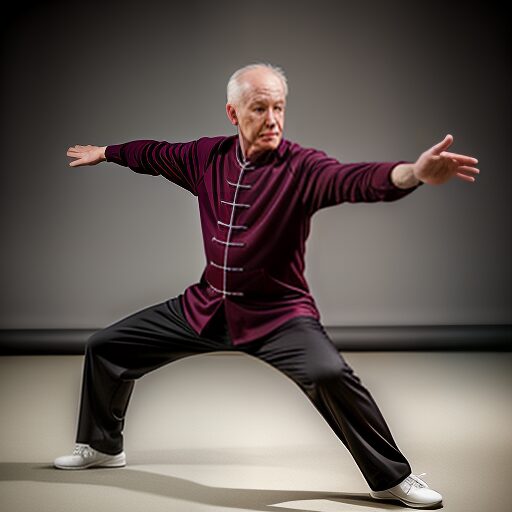
As you’ve learned, Tai Chi is a gentle form of exercise that combines slow, flowing movements with deep breathing and meditation. It’s suitable for people of all ages and fitness levels, and can be practiced in the comfort of your own home.
Some of the key benefits of Tai Chi include:
- Improved balance and coordination
- Increased flexibility and strength
- Reduced stress and anxiety
- Better sleep quality
- Enhanced focus and concentration
I hope this article has provided you with valuable insights into the world of Tai Chi. Remember, the key to success is consistent practice. Start with a few simple movements and gradually build up your routine. With patience and perseverance, you’ll discover the many benefits of this ancient practice.
Thank you again for your interest.
Frequently Asked Questions

Starting Tai Chi can bring up many questions. Here are answers to some common ones to help you begin your practice.
What are the basic Tai Chi moves for a complete beginner?
For beginners, some basic Tai Chi moves include the horse stance, cloud hands, and single whip.
These moves focus on balance, breathing, and slow, controlled movements.
Start with the horse stance. Stand with your feet shoulder-width apart and bend your knees slightly. This stance helps build leg strength and stability.
Can I self-learn Tai Chi at home and if so, how?
Yes, you can start learning Tai Chi at home. Online videos and tutorials can guide you through basic moves and routines.
Begin with short, daily practice sessions. Focus on breathing and moving slowly. As you get comfortable, gradually increase your practice time.
What are some easy Tai Chi styles for beginners to start with?
Yang style is often recommended for beginners.
It features slow, gentle movements that are easier to learn and perform.
Another good option is Chen style. While it includes some faster movements, it also has simpler forms suitable for new learners.
Which Tai Chi exercises are most suitable for the elderly?
For older adults, seated Tai Chi exercises can be a great start. These focus on upper body movements and breathing.
Gentle standing exercises like weight shifting and arm circles are also good. These help improve balance and flexibility without putting too much strain on the body.
Where can I find a Tai Chi class near me?
Look for Tai Chi classes at local community centers, gyms, or parks. Many yoga studios also offer Tai Chi sessions.
You can also search online for Tai Chi schools in your area. Some health clinics and senior centers offer classes specifically for older adults.
Are there any good instructional Tai Chi videos for new learners?
Yes, many instructional Tai Chi videos are available online.
YouTube has a wide selection of free beginner tutorials.
Paid platforms like Udemy and Skillshare offer more structured courses.
Look for videos that focus on basic moves and proper form for beginners.
Keep Moving, Keep Connecting!
Ready to take your Tai Chi journey further? Visit our official website, Fit After 55 (https://fit-after-55.com), for even more resources! You’ll find in-depth articles, product reviews, and a supportive community dedicated to helping people of all ages stay active and healthy.
Join our Facebook group (https://www.facebook.com/profile.php?id=61557390788711) to connect with fellow fitness enthusiasts, share your experiences, and get motivated! Don’t wait – start building a healthier, happier you today!

